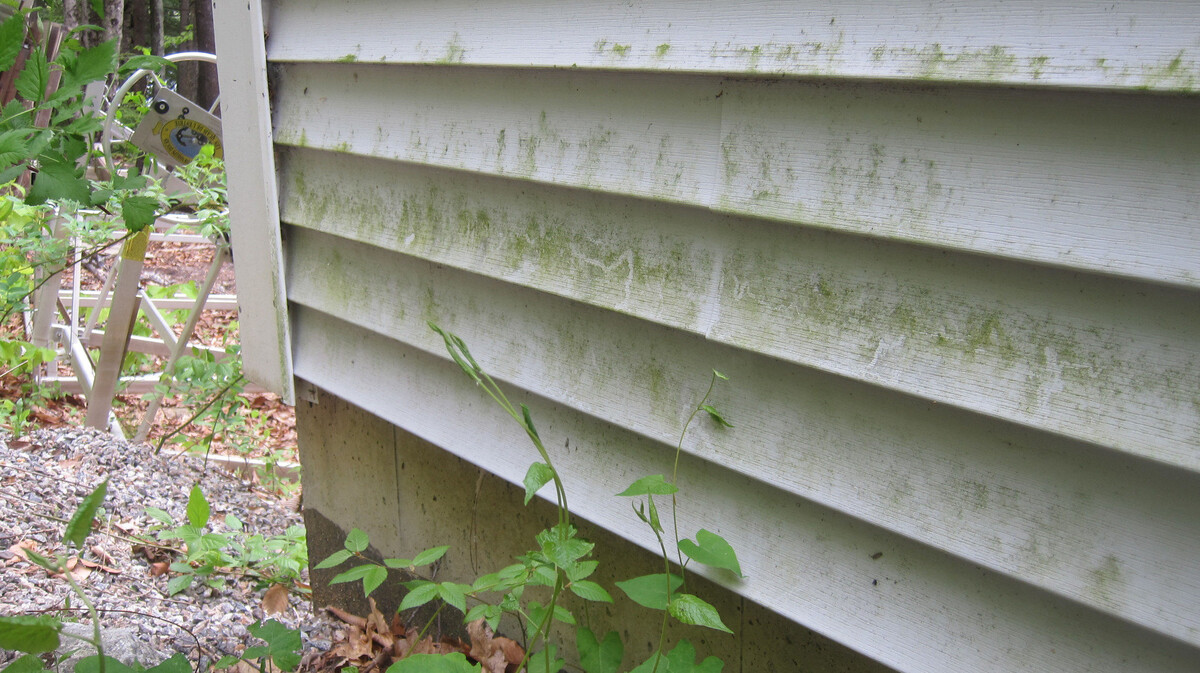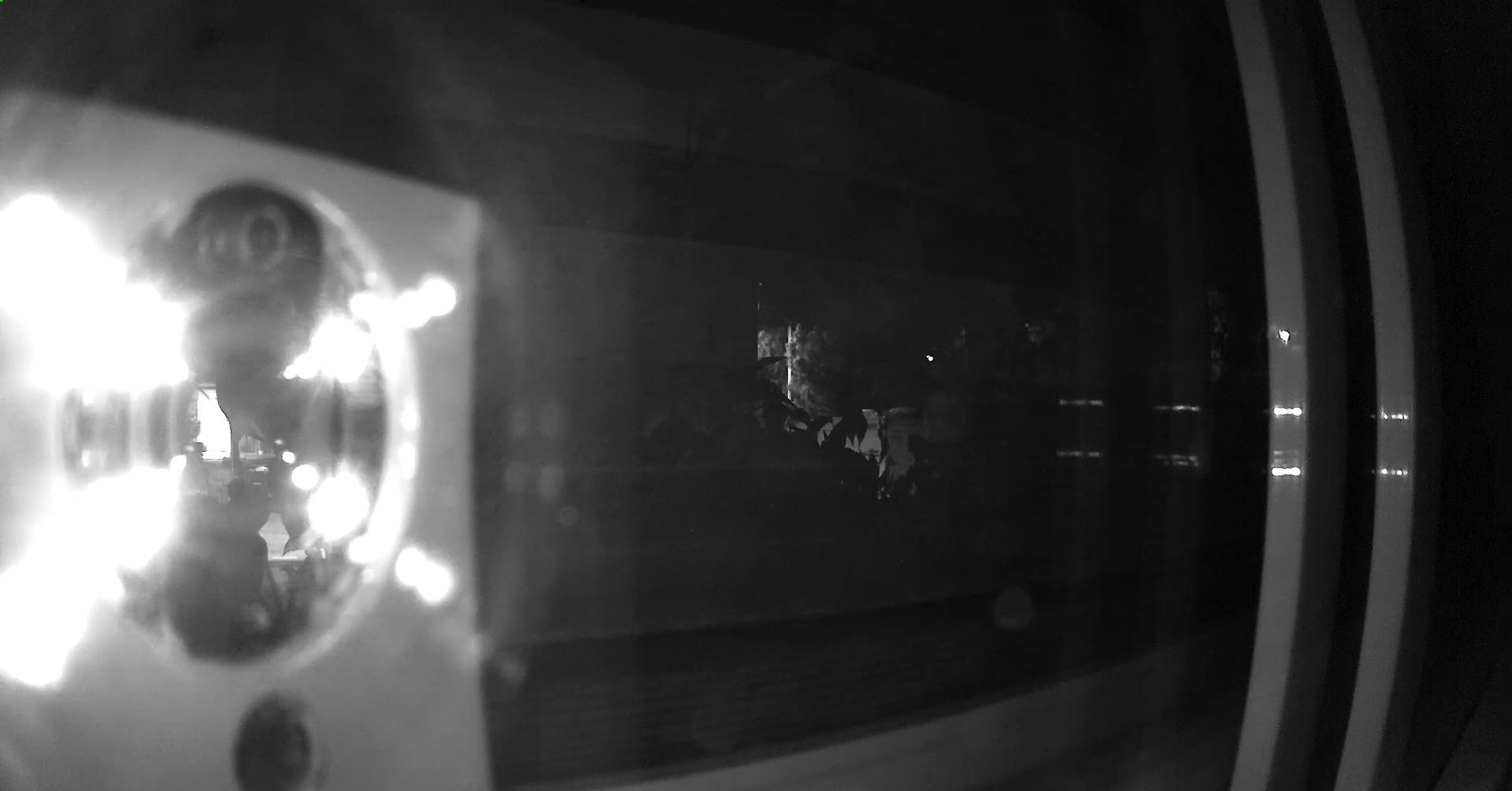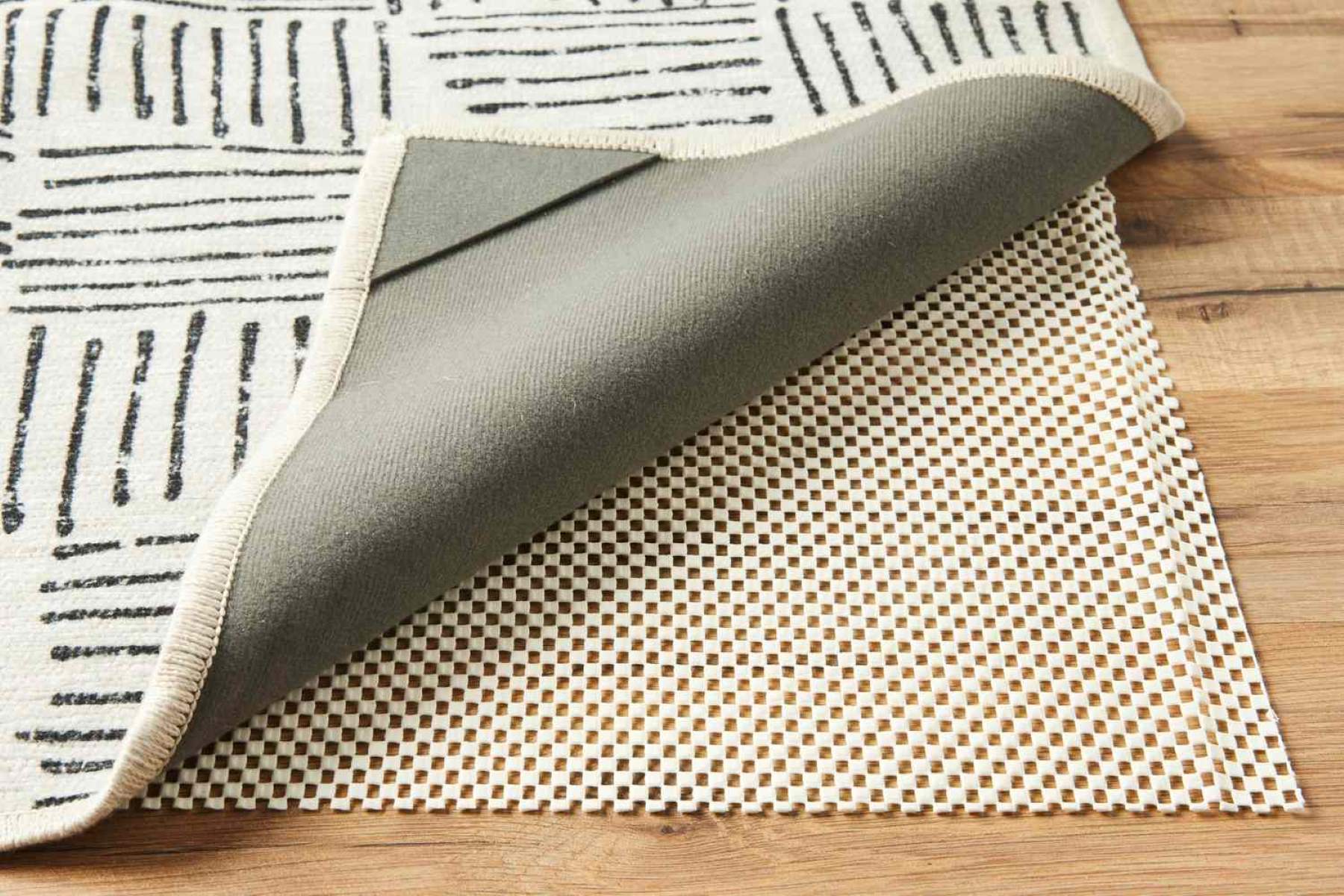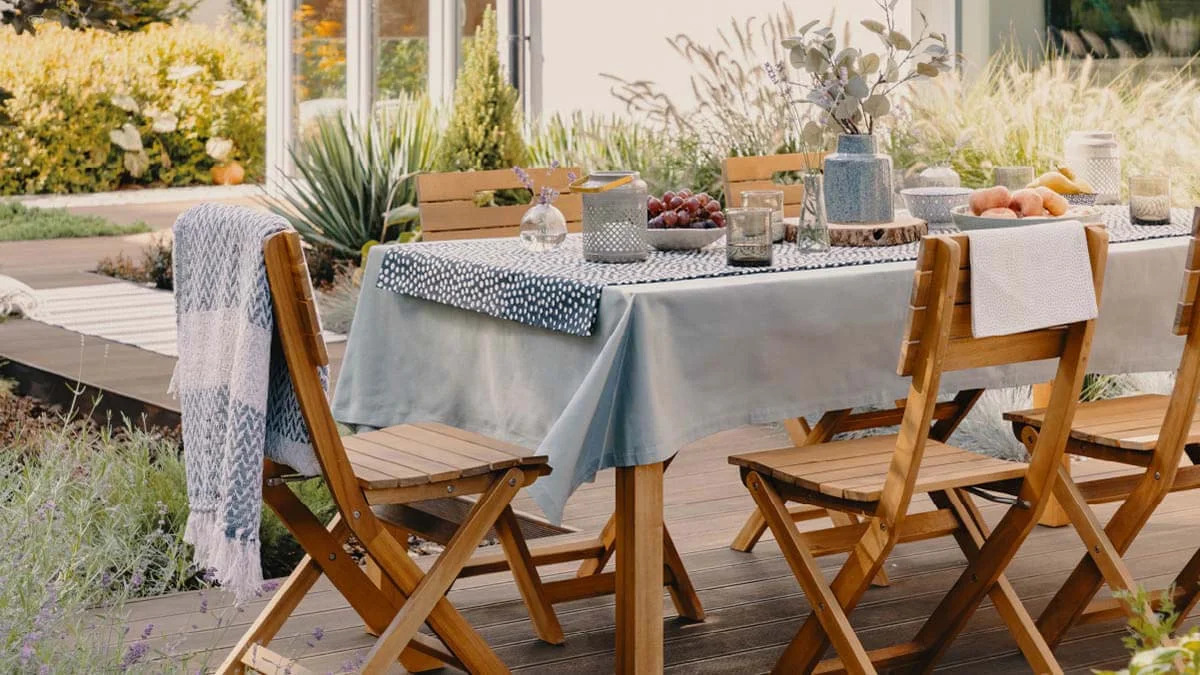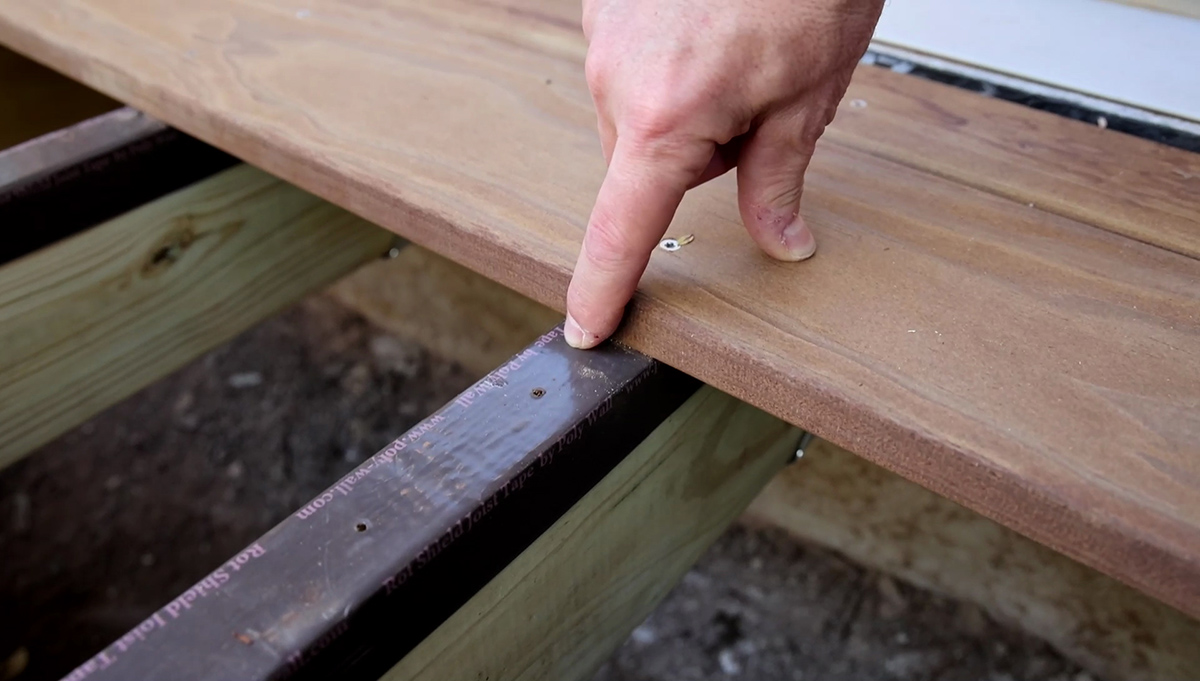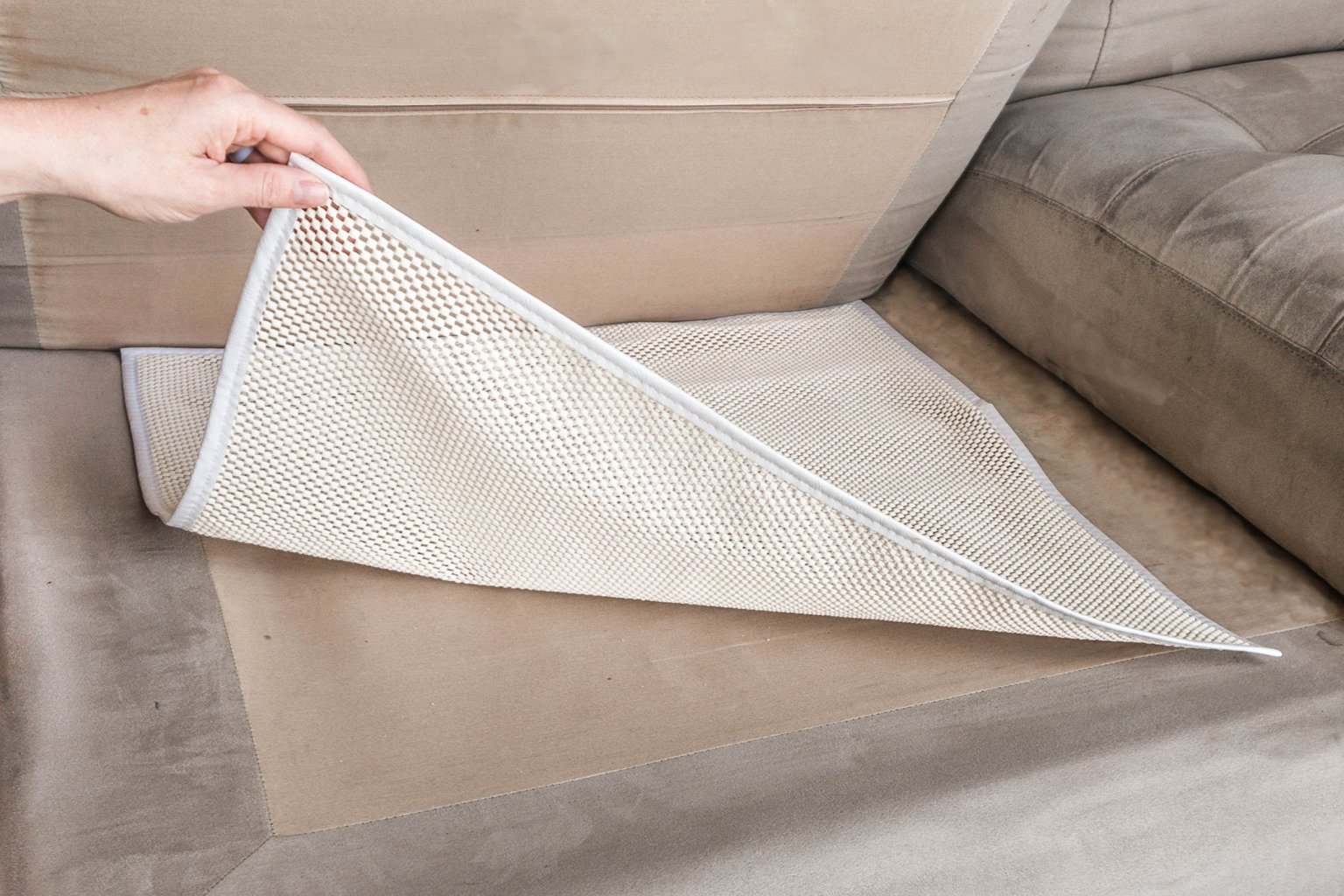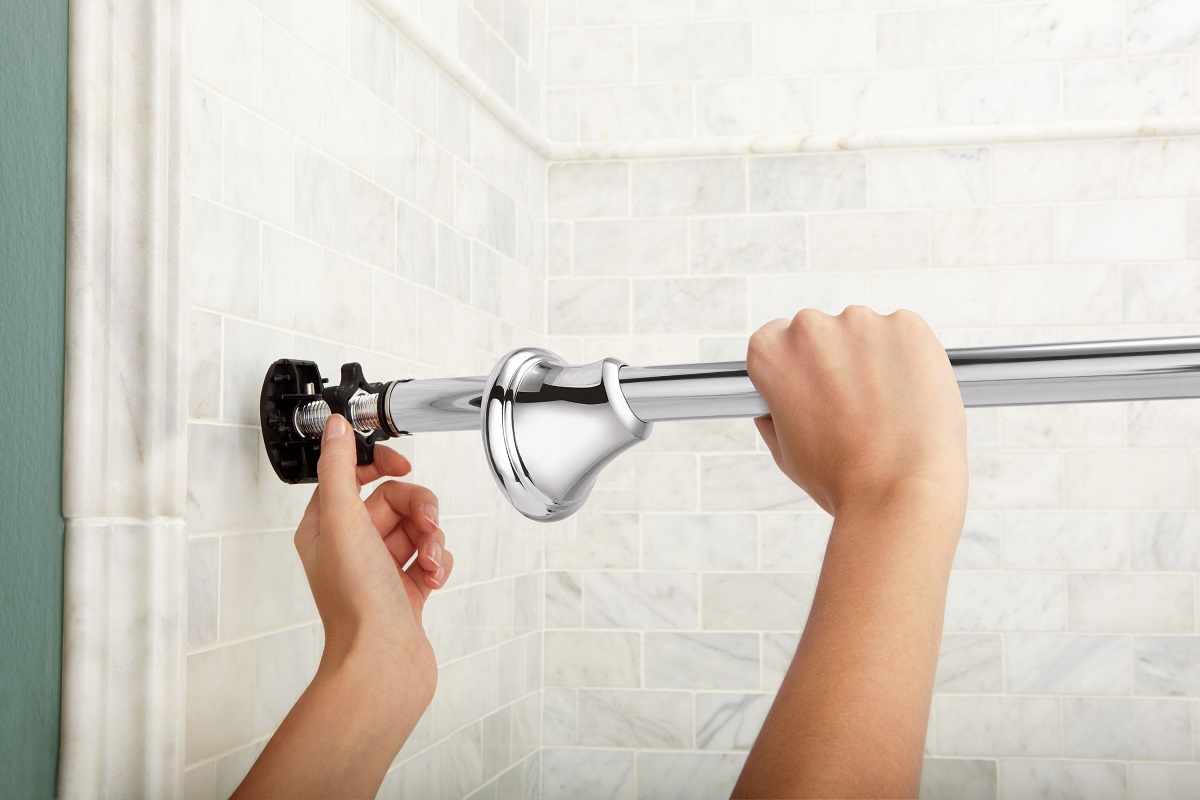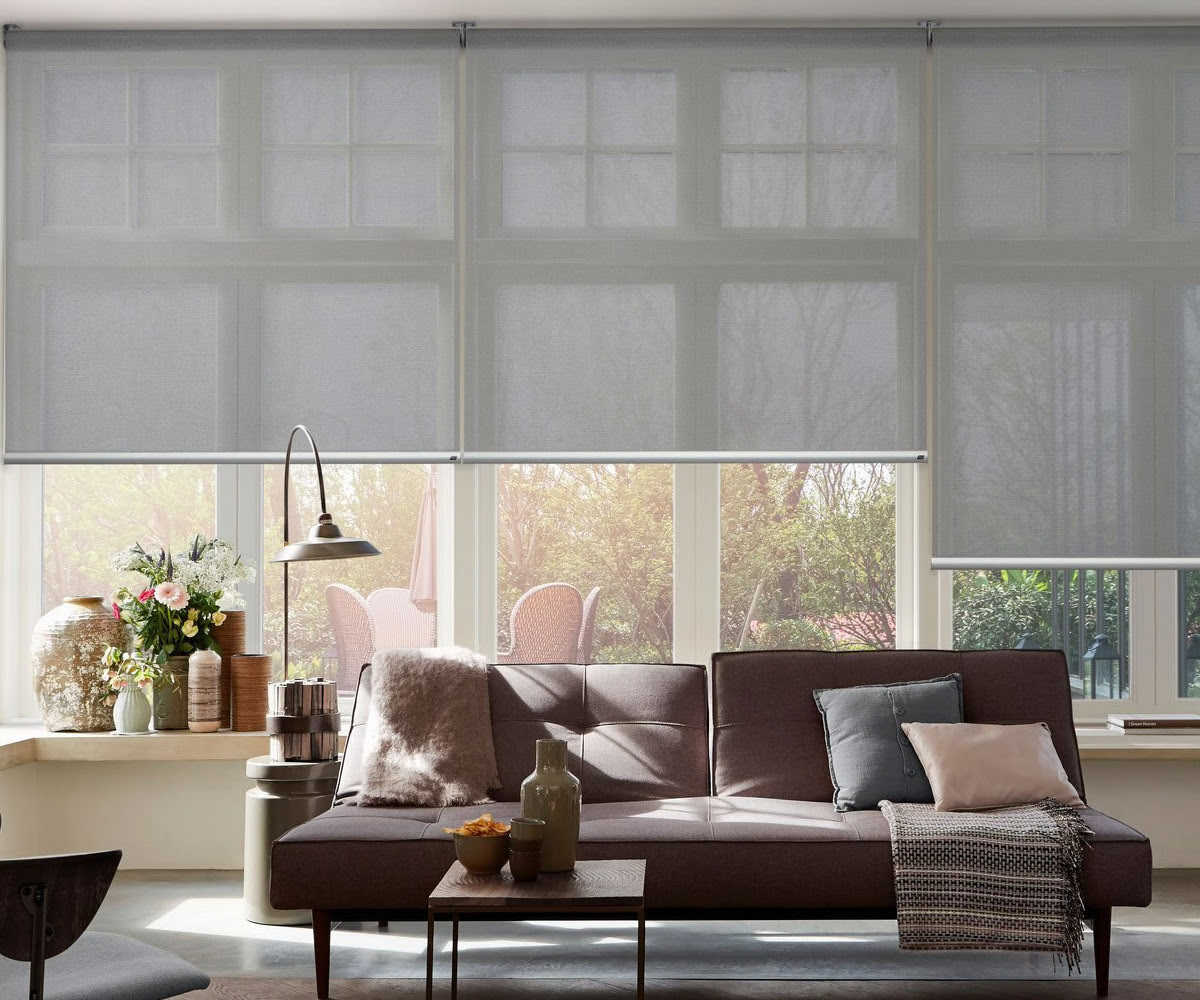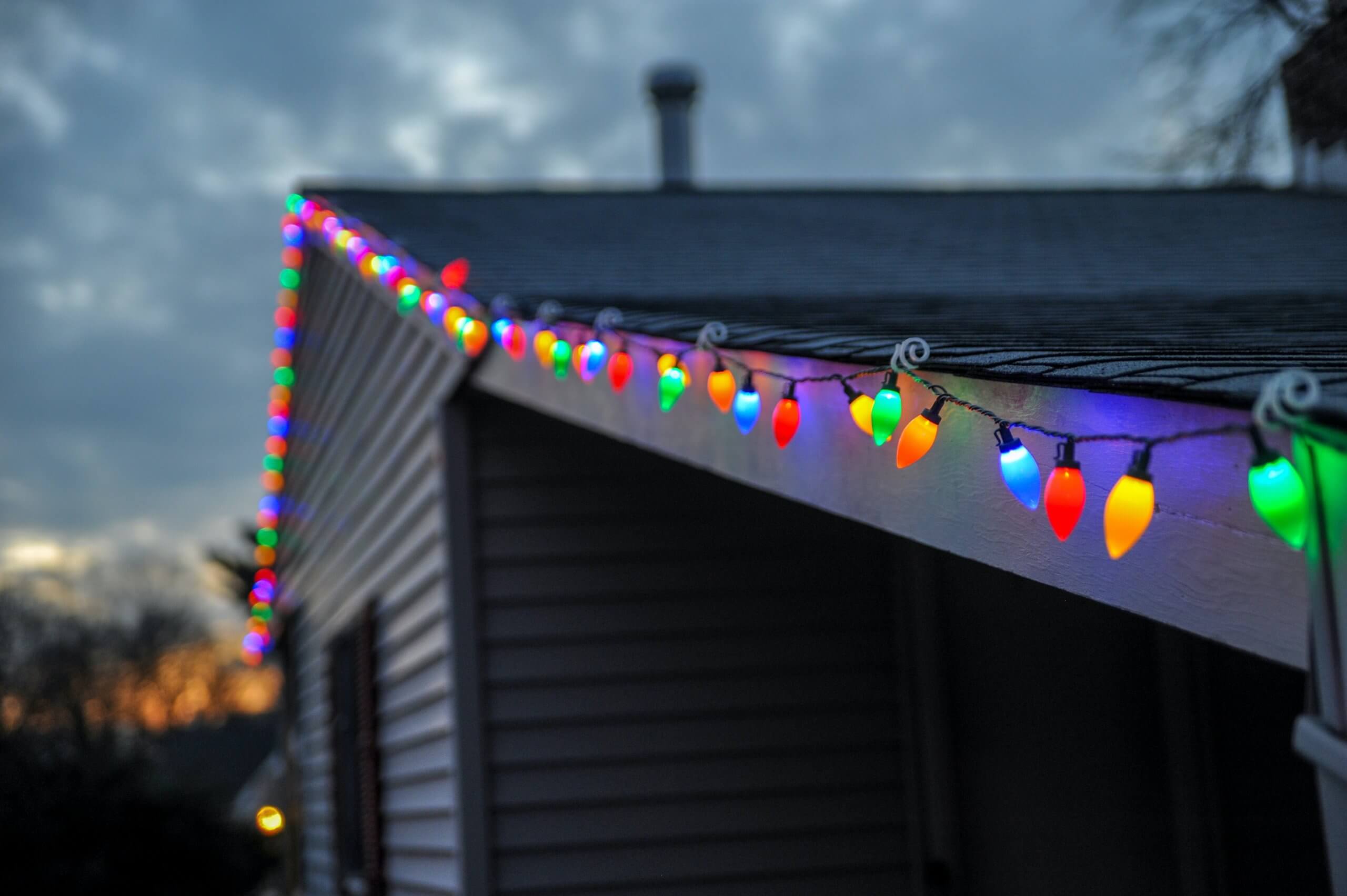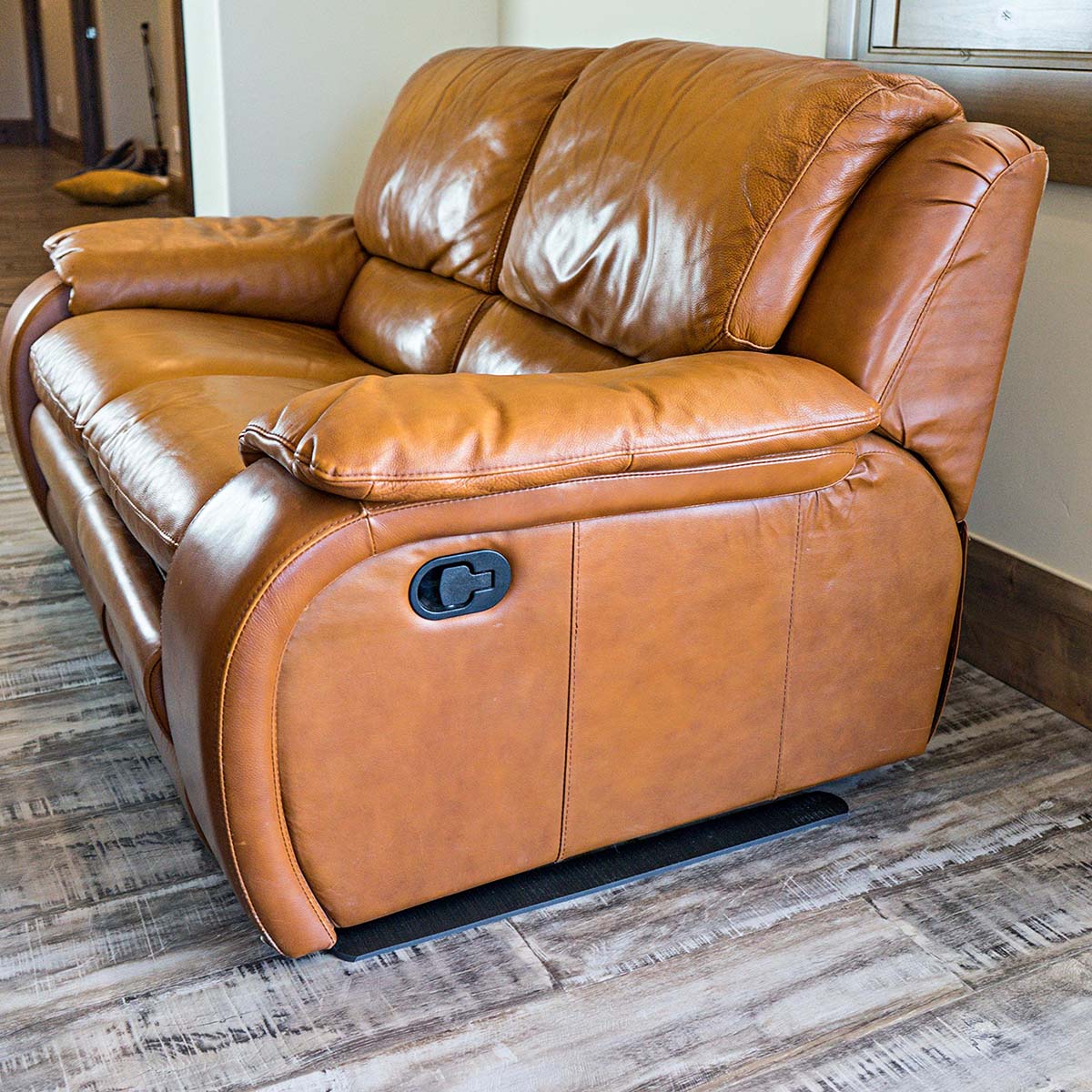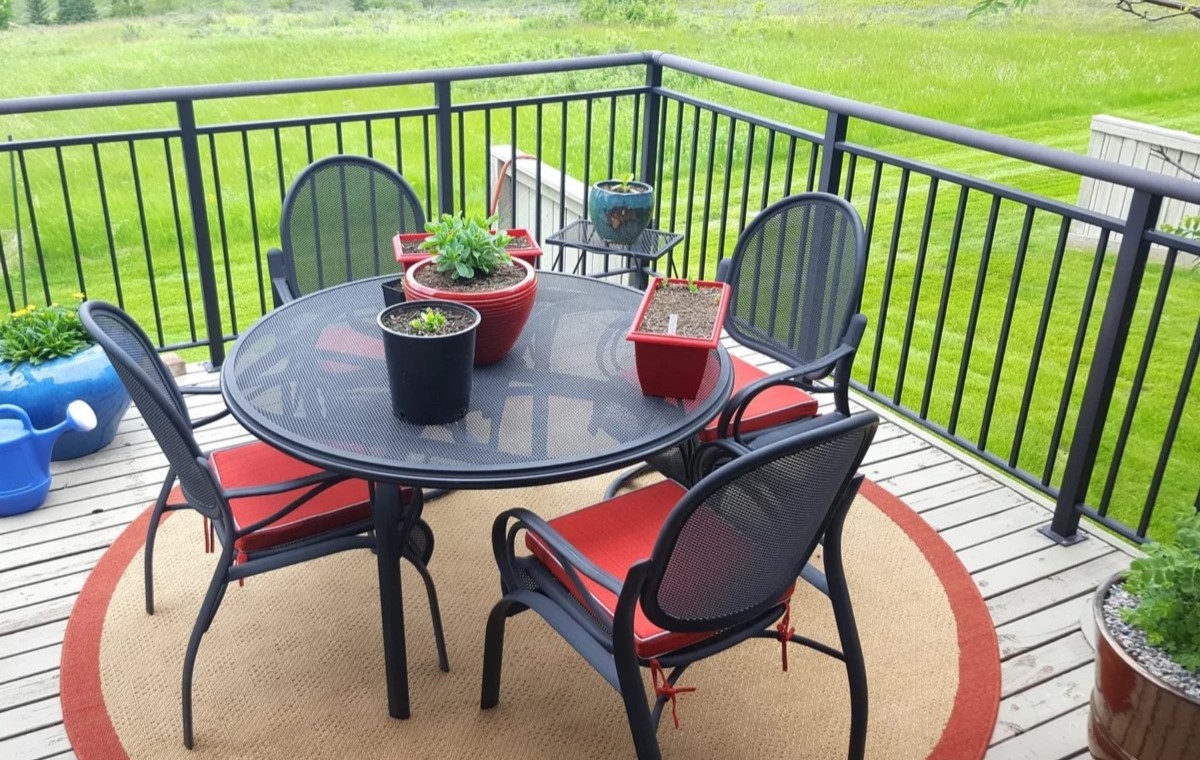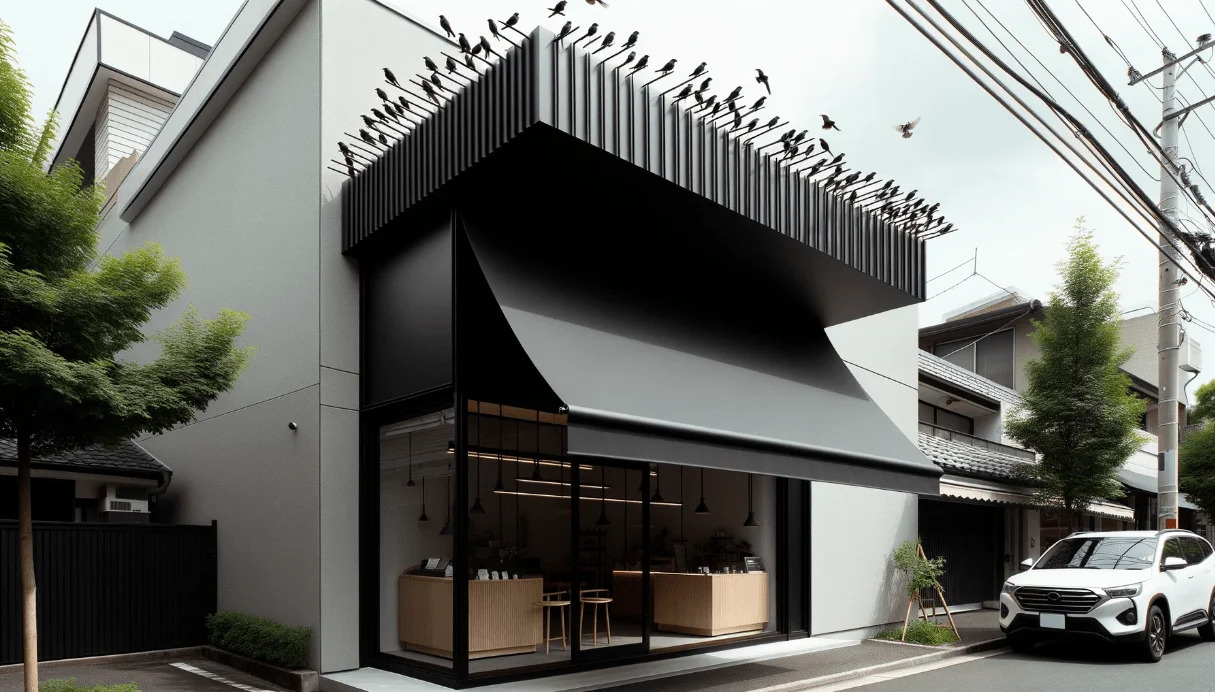Home>Articles>How To Prevent Light From Entering The Sides Of Blinds


Articles
How To Prevent Light From Entering The Sides Of Blinds
Modified: January 18, 2024
Learn how to prevent light from entering the sides of blinds with our informative articles. Discover effective techniques and solutions for optimal light control.
(Many of the links in this article redirect to a specific reviewed product. Your purchase of these products through affiliate links helps to generate commission for Storables.com, at no extra cost. Learn more)
Introduction
Blinds are a popular window treatment option that not only offer privacy but also allow control over the amount of light entering a room. However, one common issue that many people face with blinds is light leakage from the sides. When light enters through the gaps between the blinds and the window frame, it can create discomfort, glare, and even disturb our sleep.
Whether you’re trying to enjoy a movie night, get a good night’s sleep, or simply want to create a more comfortable and private space, it’s important to address this light leakage issue. Luckily, there are several effective ways to prevent light from entering the sides of blinds, ensuring complete darkness and privacy when you need it most.
In this article, we will delve deeper into the problem of light leakage from blinds and explore various solutions to tackle this issue. From choosing the right blinds to implementing additional measures, we will guide you through the steps to achieve a well-shaded and darkened room.
So, if you’re tired of dealing with annoying light glare or want to create a cozy and private space, keep reading to discover how you can prevent light from entering the sides of your blinds.
Key Takeaways:
- Choose the right blinds, such as blackout or honeycomb options, to minimize light leakage and enhance privacy. Consider the room’s specific needs and measurements for a perfect fit.
- Experiment with magnetic tape, curtain panels, or simple adjustments to prevent light from entering the sides of your blinds. Enjoy a darkened, private space with enhanced comfort and style.
Read more: How To Prevent Window Blinds From Banging
Understanding the Problem
Before we dive into the solutions, it’s important to understand why light leakage occurs from the sides of blinds. The most common cause is the gap between the blinds and the window frame. Even when the blinds are fully closed, there is often a small space that allows light to filter through.
This gap can be due to several factors, such as the size of the blinds in relation to the window frame, the type of blinds, and how they are installed. Additionally, older blinds or those that have been damaged over time may not fit as snugly, creating even larger gaps for light to enter.
The presence of light leakage can be particularly bothersome in certain situations. For example, if you’re trying to create a home theater or media room, even the tiniest amount of light can detract from the optimal viewing experience. The same applies to bedrooms, where even a small amount of light can disrupt sleep quality.
Understanding the problem is crucial because it allows us to find the most effective solutions. By identifying the root cause of light leakage, we can focus on the specific measures that will eliminate or minimize the amount of light entering through the sides of the blinds.
Now that we have a better grasp of the issue at hand, let’s explore the solutions that can help us prevent light from entering the sides of blinds.
Choosing the Right Blinds
When it comes to preventing light from entering the sides of blinds, selecting the right type of blinds is a crucial first step. Some blinds are designed with tighter slats or additional features that minimize light leakage and offer enhanced privacy. Here are a few options to consider:
- Blackout blinds: These blinds are specifically designed to block out light and provide maximum privacy. Made with thick, light-blocking materials, blackout blinds are highly effective in preventing light leakage. They are an ideal choice for bedrooms, home theaters, or any room where you desire complete darkness.
- Honeycomb blinds: Also known as cellular shades, honeycomb blinds feature a unique cellular design that helps to trap air and acts as an insulator. This design not only helps with temperature control but also minimizes light leakage. Honeycomb blinds are a popular choice for those who want to minimize both light and noise entering their space.
- Roller blinds with side channels: Roller blinds with side channels provide an excellent solution for preventing light leakage. The side channels act as a barrier, preventing light from entering through the sides of the blinds. This is an effective choice if you want the versatility of roller blinds but wish to eliminate light leakage.
When choosing blinds, it’s important to consider your specific needs and the level of light control you require. Take into account the room where the blinds will be installed, the amount of natural light that enters the space, and your desired level of privacy.
Remember to measure your windows accurately to ensure a proper fit. Blinds that are too small or too big for the window frame may result in gaps and increased light leakage. If you’re unsure about the measurements or which type of blinds would be best for your needs, consider consulting with an expert or a professional blinds supplier.
By selecting the appropriate blinds for your space, you’ll be on your way to significantly reducing light leakage from the sides and achieving the desired level of darkness and privacy.
Installing Side Channels
If you already have blinds that allow light to enter through the sides, an effective solution is to install side channels. Side channels act as a barrier, blocking out light from seeping through the gaps between the blinds and the window frame. Here’s how you can install side channels:
- Measure the width and height of your window frame.
- Purchase side channels that are suitable for your blinds and window frame size. You can find side channels at home improvement stores or online.
- Cut the side channels to the correct length, ensuring they fit perfectly along the sides of the blinds.
- Using a drill, secure the side channels to the window frame. Be sure to follow the manufacturer’s instructions for proper installation.
- Slide the blinds into the side channels, ensuring they fit securely.
- Test the blinds to make sure they open and close smoothly without any gap for light to enter.
By installing side channels, you create a tight seal that effectively blocks out light from entering through the sides of the blinds. This method is particularly useful for rollers blinds and can greatly enhance their light-blocking capabilities.
If you’re unsure about the installation process or would prefer professional assistance, consider hiring a handyman or blinds installation service to ensure accurate and secure placement of the side channels.
With side channels installed, you can enjoy a darker and more private environment without the intrusion of unwanted light.
To prevent light from entering the sides of blinds, consider installing side channels or tracks to create a light-blocking seal. This will help to minimize light leakage and improve privacy.
Using Magnetic Tape
Another effective method to prevent light from entering the sides of blinds is by using magnetic tape. Magnetic tape allows you to create a strong seal between the blinds and the window frame, eliminating any gaps for light to leak through. Here’s how you can use magnetic tape:
- Start by cleaning the surface of the window frame and the blinds to ensure proper adhesion.
- Cut the magnetic tape to the appropriate length for each side of the blinds.
- Peel off the adhesive backing from the magnetic tape.
- Press the magnetic tape onto the edges of the blinds, ensuring it is aligned with the sides.
- Repeat the process for all sides of the blinds, creating a tight seal.
- Close the blinds fully, and the magnetic tape will hold them securely against the window frame, preventing any light from entering through the sides.
Magnetic tape is a versatile and convenient solution as it does not require any complex installation or drilling. It can be easily applied and removed without causing any damage to the blinds or the window frame. Additionally, magnetic tape is cost-effective and readily available at hardware stores or online retailers.
A key advantage of using magnetic tape is its ability to adjust the blinds easily. You can open and close the blinds as usual by simply pulling them away from the magnetic tape. This adds convenience and flexibility while still maintaining a strong seal against light leakage.
When using magnetic tape, it’s important to ensure that the magnetic force is strong enough to hold the blinds securely in place. If you find that the magnetic tape is not providing a tight enough seal, you may need to explore other options such as side channels or consider using additional strips of magnetic tape for added strength.
By incorporating magnetic tape into your blinds, you can achieve a significant reduction in light leakage and enjoy a darker, more private space.
Read more: How To Hang Lights From Siding
Adjusting the Blinds’ Position
If you’re dealing with light leakage from the sides of your blinds, a simple solution may lie in adjusting the blinds’ position. By making a few modifications to how the blinds are hung or how they are adjusted, you can minimize the amount of light entering through the sides. Here are a few suggestions:
- Tilt the blinds: If you have blinds with adjustable slats, try tilting them downward. This position will direct the light upwards, away from the sides and towards the ceiling. Tilt the slats until you find the angle that best prevents light from entering through the gaps.
- Mount the blinds outside the window frame: If your blinds are currently mounted inside the window frame, consider removing them and mounting them outside the frame instead. By doing so, you create an overlap between the blinds and the window frame, reducing the amount of light that can enter through the sides.
- Use valances or cornices: Valances or cornices are decorative elements that can be installed above blinds. These additions not only enhance the aesthetic appeal of the blinds but also help to block light from entering at the top. By covering the top portion of the blinds, you can significantly reduce the overall light leakage.
- Adjust the length of the blinds: If your blinds are too long for the window, they may bunch up at the bottom, creating gaps that allow light to enter. Consider adjusting the length of the blinds to ensure a proper fit and eliminate any excess material that may be causing light leakage.
- Combine with curtains or drapes: For maximum light control, you can pair your blinds with curtains or drapes. Opt for thick, light-blocking materials that completely cover the window when closed. By utilizing both blinds and curtains, you create an extra layer of insulation and darkness, preventing light from entering through any gaps.
Experiment with these adjustments to find the combination that works best for your specific blinds and window setup. It may take some trial and error to achieve the desired level of darkness and privacy. Remember to consider the amount of light entering at different times of the day to ensure your adjustments effectively address the light leakage issue.
These simple positioning adjustments can help you significantly reduce light entering through the sides of your blinds, providing a darker and more comfortable space.
Adding Curtain Panels
If you’ve tried various methods to prevent light from entering the sides of your blinds without success, adding curtain panels can be a highly effective solution. Curtain panels not only provide an extra layer of light-blocking protection but also add a touch of style to your space. Here’s how you can incorporate curtain panels to minimize light leakage:
- Select light-blocking curtain panels: Look for curtain panels made from thick, opaque materials that are specifically designed to block out light. These curtains often have a lining or backing that enhances their light-blocking capabilities.
- Measure and install curtain rods: Determine the appropriate length and height for your curtain panels. Install curtain rods above the window frame, ensuring they extend wider than the blinds. This allows the curtain panels to fully cover the sides of the blinds and prevent light leakage.
- Hang the curtain panels: Slide the curtain panels onto the curtain rods, making sure they cover the sides of the blinds completely when closed. Adjust the length of the panels so that they reach the floor or desired height, providing maximum coverage and light-blocking effectiveness.
- Overlap the curtain panels: When closing the curtains, ensure that they overlap in the middle to create a seamless and tight barrier against light. This overlapping technique helps to minimize any gaps where light can still enter through the center.
- Utilize tiebacks or holdbacks: When you want to allow natural light into the room, use tiebacks or holdbacks to secure the curtain panels to the sides. This allows for easy access to the blinds and gives you control over the amount of light entering the space.
Curtain panels are a versatile and customizable option for preventing light from entering the sides of your blinds. With a wide range of colors, patterns, and materials available, you can select curtain panels that not only complement your decor but also provide the desired level of light-blocking performance.
Furthermore, curtains offer additional benefits beyond blocking light. They can also help to insulate the room, reduce noise, and provide privacy. By combining curtain panels with your blinds, you create a powerful barrier against light leakage, ensuring darkness and comfort whenever you need it.
Consider experimenting with different curtain styles and fabrics to find the perfect combination that suits your aesthetic preferences and light-blocking needs. With the addition of curtain panels, you can achieve a fully darkened and private space, free from any unwanted light entering through the sides of your blinds.
Conclusion
Dealing with light leakage from the sides of blinds can be frustrating, but it’s a problem that can be effectively addressed. By implementing the right solutions, you can enjoy a well-shaded and private space free from unwanted light. Whether you’re trying to create a home theater, improve sleep quality, or simply enhance the ambiance of your room, there are various approaches you can take to prevent light from entering the sides of your blinds.
Start by selecting the right type of blinds, such as blackout blinds, honeycomb blinds, or roller blinds with side channels, that are designed to minimize light leakage. These options offer enhanced privacy and light blocking capabilities. Additionally, consider adjusting the blinds’ position, mounting them outside the window frame, or using valances or cornices to further reduce light leakage.
If you’re still experiencing light leakage, magnetic tape can be a convenient and customizable solution. It helps to create a strong seal between the blinds and the window frame, eliminating any gaps. And if all else fails, adding curtain panels made of light-blocking materials can further enhance your light control efforts, providing both style and functionality.
Remember, it’s important to consider the specific needs of your space and the level of light control you require. Take measurements properly, follow installation instructions precisely, and, if necessary, consult with experts or professionals to ensure the best outcome.
So why put up with annoying light glare, discomfort, or compromised privacy? Implement the solutions outlined in this article and take control over light leakage from the sides of your blinds. Enjoy the benefits of a darkened and private space where you can relax, focus, or simply unwind without any disturbance from unwanted light.
With these effective strategies at your disposal, bidding farewell to light leakage and creating an ideal environment is well within your reach. Take action today and experience the transformative difference of a well-shaded room.
Frequently Asked Questions about How To Prevent Light From Entering The Sides Of Blinds
Was this page helpful?
At Storables.com, we guarantee accurate and reliable information. Our content, validated by Expert Board Contributors, is crafted following stringent Editorial Policies. We're committed to providing you with well-researched, expert-backed insights for all your informational needs.
